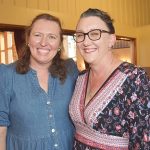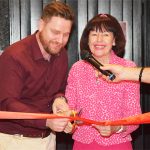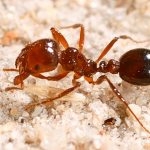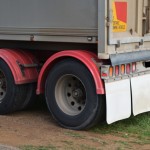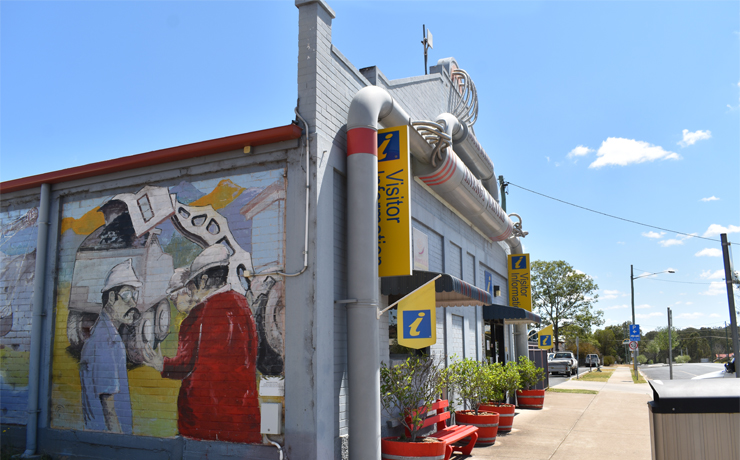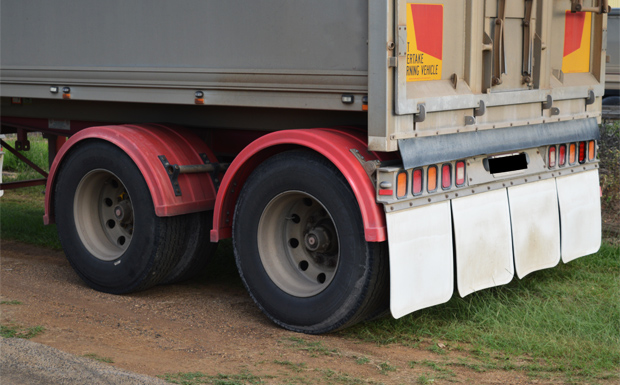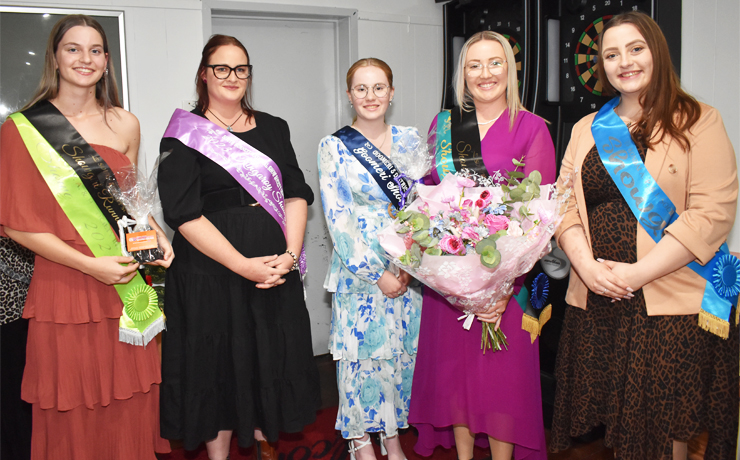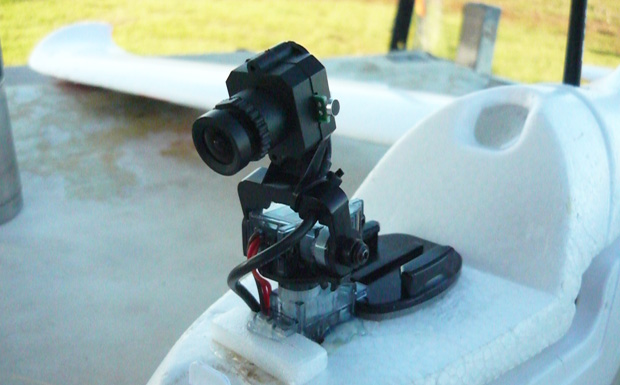
March 22, 2013
by Barry Sheppard
Nanango And Districts Aeromodellers Inc
A few days ago I received a call from one of my friends – we’ll call him Henry – and he said “What are you doing this afternoon?”
Well, as I had nothing planned that I couldn’t change I said: “Nothing much, just what did you have in mind?”
He said he had an FPV System set up and would I like to go to the flying field and try it out?
Well, to me this was exciting stuff, because I had heard much about FPV flying but never had the opportunity to see or use this sort of equipment.
Now before I go any further I expect you’ll ask the obvious question: just what do I mean by FPV?
There are a number of interpretations for the term but the most accepted are “First Person View” or “Flying Pilots View”.
Simply put, this means the flier sees the view as if he were sitting in the pilot’s seat of his model aeroplane.
So how is this accomplished? Well in a nutshell, a miniature television camera is mounted to the front of the aeroplane. This camera can be controlled to rotate from left to right as a pilots head would while flying a plane. The camera can also be controlled to look up and down as a pilot would need to do.
Information from the camera is sent to a tiny television transmitter that broadcasts the information to a receiver. The receiver in this instance is fitted to what looks like a pair of goggles.
But you cannot see through theses goggles … instead there are two tiny LCD TV screens mounted in the “goggles”.
So, after setting up all the gear, Henry said “I will fly the plane normally and you wear the goggles and describe to me what you see”.
This sounded just perfect so I donned the goggles and the first thing I saw was myself even though I was looking away from the plane! Then I realised that what I was seeing had nothing to do with where I was looking because I was seeing what the plane was pointed at.
After that it was really thrilling. The plane raced across the grass then lifted into the sky and I watched as we flew over the countryside looking at trees, hills, roads and houses. It was simply amazing.
Then Henry lined up the plane and flew down the runway and I could see Henry and myself standing in the flying area as the plane flew by.
Henry landed and after checking the plane and changing the battery I flew the plane while Henry wore the goggles to become accustomed with the view from the camera.
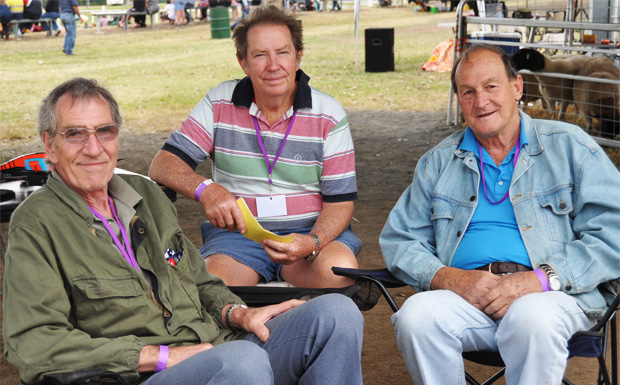
Eventually he said “I think I can fly with the goggles now”. So I got the plane up high and passed him the transmitter.
Henry was flying the aeroplane as if he were sitting in the pilot’s seat and loving it.
We did loops and rolls and even low passes, it is surprising just how fast these planes travel when you are able to get the view from the cockpit.
Landing was particularly exciting as you are speeding low over the grass. This is just part of the technology available today.
Henry wants to set a plane up with miniature sensors that send signals back to a computer screen with not only pictures but information on airspeed, height, direction battery condition and even engine temperatures and other information that can be relayed back.
We had a fantastic afternoon and it was only fading light that forced us to abandon our flying and pack up.
There is obviously great potential in this form of flying however it has its downside too.
On occasions I felt a little nauseated during some manoeuvres as you would in a full-size aircraft. Next time I might take some motion sickness pills!
On the following Sunday, Henry brought the equipment to the club and gave everyone the opportunity to experience the thrill of FPV flying.
It was a privilege to be able to play with this sort of advanced miniature equipment.
I remember when I was a boy there were no such things as television, refrigerators, computers, even electric lights. I cannot imagine what the future will be like.
For more information about flying model aircraft, contact Nanango And District Aeromodellers Inc on (07) 4163-1192.
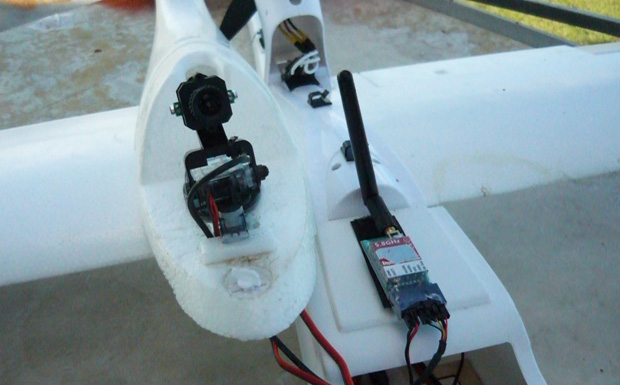
 |
southburnett.com.au welcomes reports from community groups about their activities. We invite any interested group to submit their reports to us by emailing them to news@southburnett.com.au
Reports should be written in Microsoft Word and any photographs submitted should be high-resolution and in .JPG format. Please also include a contact phone number in case we need to clarify anything with you. We reserve the right to edit reports. |







